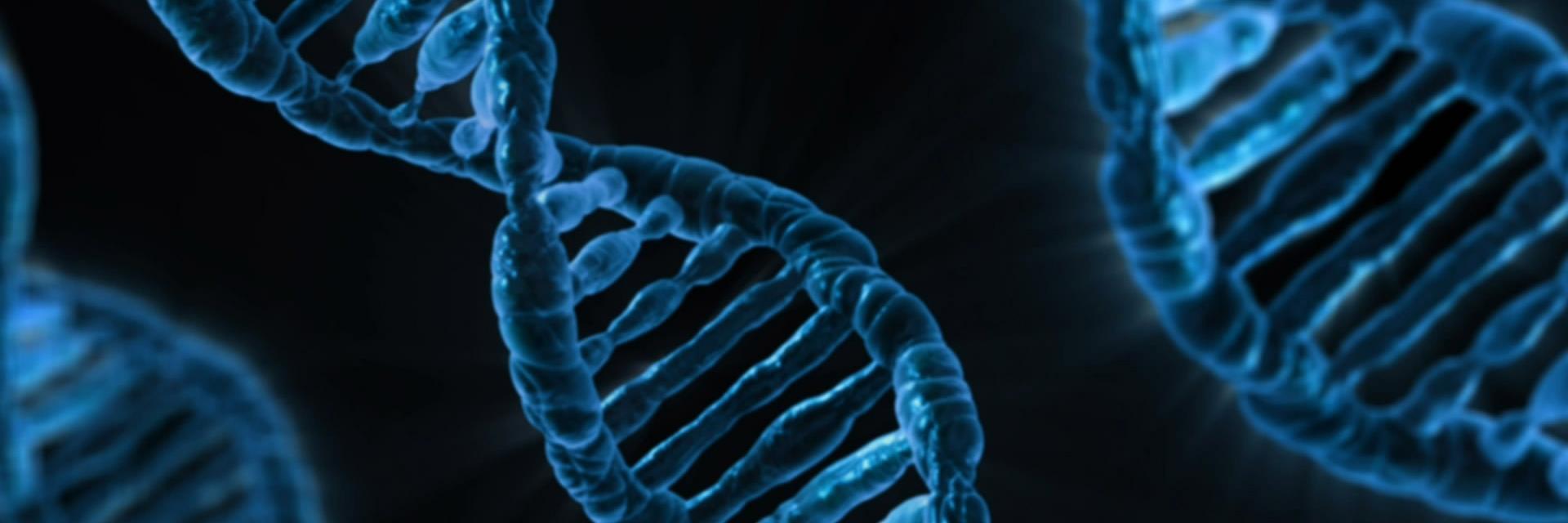PATIENT STORY
A High Five to Padmaloshn for His New 3D-Printed Hand!

Meet Padmaloshn Vijayan, a cheerful little LEGO-building schoolboy from Kuala Lumpur. In all his young life, this capable 7-year-old has been performing his daily activities single-handedly: Padmaloshn was born without a fully developed right hand. Last year, he met Ayishwariya Menon, a volunteer teacher for a human values education program run weekly in his community — who also happens to be the Clinical Team Manager at Materialise Malaysia. A few months later, Padmaloshn received his first 3D-printed experimental hand, designed by open-source community e-NABLE and printed by Materialise. Here’s how it all unfolded.


“When I first met Padmaloshn in one of my classes, I was immediately struck by his resourcefulness,” recalls Ayishwariya. “He used both his arms to have a normal life, and he was clearly an ace at making LEGO models, drawing, painting — you name it. I was so impressed.” That encounter sparked Ayishwariya’s wish to give Padmaloshn a helping hand. With a background in biomedical engineering at Materialise, Ayishwariya had an idea of what it would take to 3D print a customized hand, and she was determined to find the right solution for Padmaloshn.
His parents had already looked into treatments for his condition, which is known as amelia, but they didn’t have many options. Although a bionic hand — where each finger can be controlled separately — would provide the best functional outcome, it would come at a high cost to the family. Not only would it be an expensive solution in itself, but the child would also outgrow it fairly soon. It was at this point that Ayishwariya turned to e-NABLE, an open-source community that had come up with an elegant open-source solution.
A helping hand: e-NABLE
e-NABLE is a global network of volunteers who design and improve 3D-printed prosthetic devices and build systems for distributing them better. Their open-source design also enables tweaking for custom fits, which is what Ayishwariya was hoping for. “I received not only the design from e-NABLE but also community support during the modifications we undertook for Padmaloshn,” says Ayishwariya. “e‑NABLE even sent us a kit for the final assembly of the hand, saving me a lot of time in sourcing the parts.” Dr. John Schull, who founded e-NABLE in 2013, has overseen the open-source design gradually perfected over the years and sent to people in 37 countries. “3D printing and open source go hand-in-hand,” he says. "This is a technology that allows designers to become makers and customized prosthetics to become an accessible reality. Our e-NABLE community numbers in the thousands, and it’s only an open-source approach that could make the most of the good work by all these people."
3D printing, making the dream come true
After Ayishwariya roped in her eager colleagues, Mahadi Mahmud and Faiz Mispan (both engineers at the Malaysian office), to help tweak the design, the hand was ready to be 3D-printed. At Materialise headquarters, the production team 3D printed the hand using laser sintering technology, coordinated by Dries Vandecruys. As a special gift for Padmaloshn, the finishing team made sure it was completed in the little boy’s favorite color: blue. The hand was then flown over from Belgium to Ayishwariya’s desk, where she assembled it. That meant using special cables to connect the fingers to the palm to ensure the right tension for a good grip.
Finally, the big day arrived: the day that Padmaloshn would receive his hand. His family — parents, little sister, and grandparents — were all there with him to watch him use his new hand for the first time. “At first, the hand must have felt so unfamiliar to him: we could see that he was struggling to grip things. But by the time he left, he was throwing around a ball and picking up even small LEGO pieces with ease!” says Ayishwariya. “Kids learn so fast, and Padmaloshn is a particularly bright child.”
“With the hand, he looks so much more confident. I think it’s just a matter of time and learning: eventually, he will be able to do a lot of things with the hand.”
— Nithia Manogaran, Padmaloshn's mother
Padmaloshn’s new 3D-printed hand allows him to grip objects, as he demonstrated immediately in an impromptu game of catch-the-ball and badminton. Being a growing child, he is likely to outgrow the hand within a year. That’s why Materialise will send him a new hand, free of charge like this one, every year until he is 18. This way, as Padmaloshn grows, Materialise can take his input and evolving needs into consideration for each new iteration and hone the design to suit him better every year. In the meanwhile, how does Padmaloshn feel about his new hand? We think it’s expressed best in this triumphant high-five he shared right away with his little sister.


The experimental hand is a tool, not a prosthetic. Materialise has printed this experimental hand free of charge, with the appreciated help of the non-profit organization Enable Community Foundation. No medical specialists were involved.
Share on:
You might also like
Never miss a story like this. Get curated content delivered straight to your inbox.
